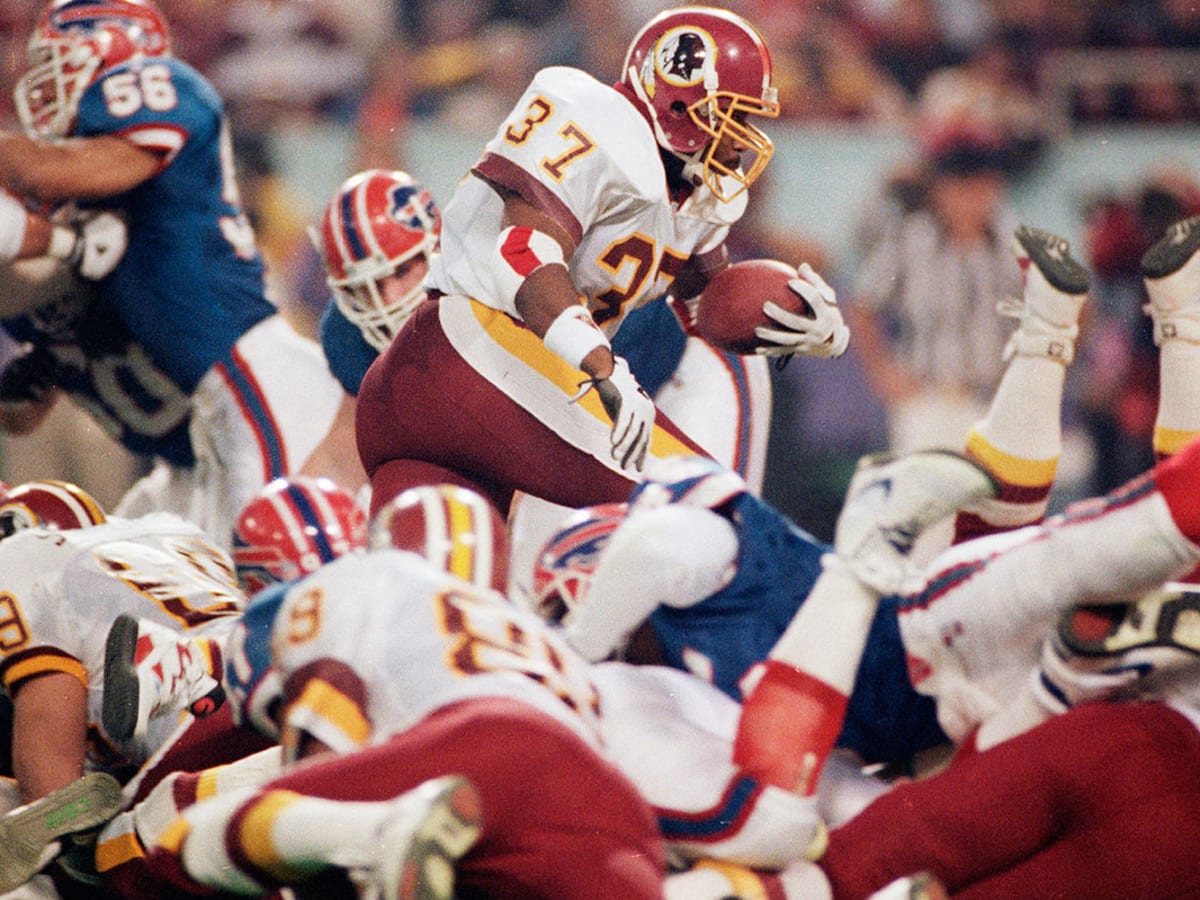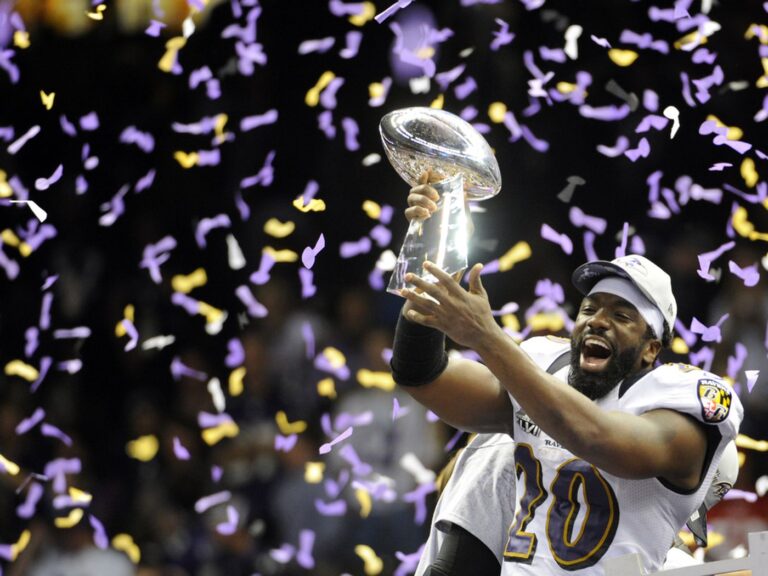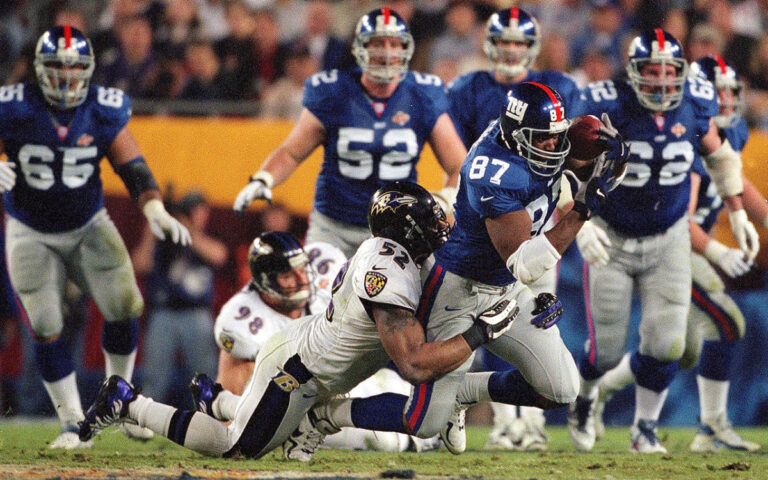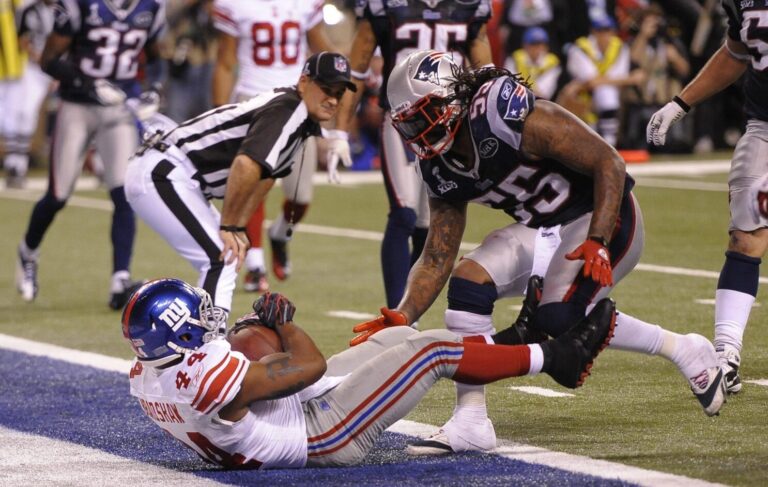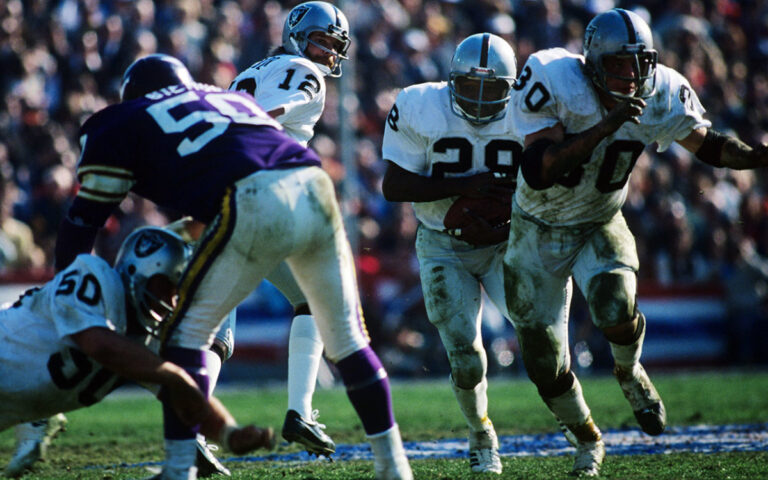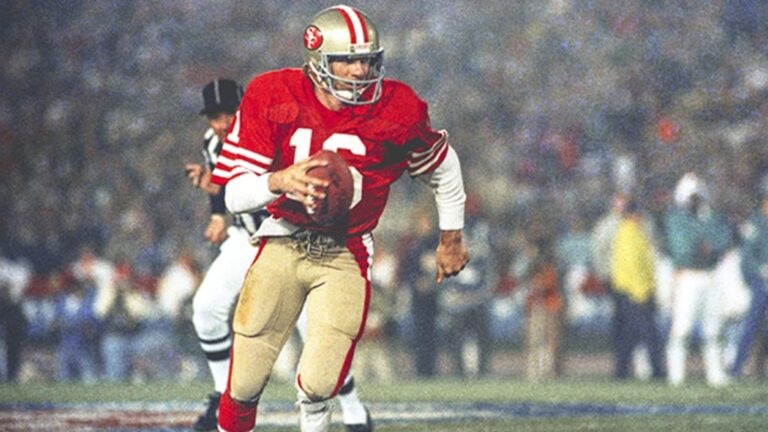Super Bowl XXVI: Redskins vs. Bills – The Dominance Continues and a Hometown Triumph
Introduction:
Super Bowl XXVI, held on January 26, 1992, at the Metrodome in Minneapolis, Minnesota, was not only a showcase of football excellence but also a moment of triumph for the Washington Redskins. The matchup against the Buffalo Bills marked the culmination of the 1991 NFL season and unfolded as a demonstration of the Redskins’ dominance and strategic prowess. In this blog post, we delve into the narrative of Super Bowl XXVI, a game that celebrated the Redskins’ continued success and showcased the resilience of a team that overcame adversity.
The Context:
Super Bowl XXVI unfolded in an era when the Washington Redskins, led by head coach Joe Gibbs, were establishing themselves as a football powerhouse. The Redskins were making their third Super Bowl appearance in a decade, seeking their third championship. On the other side, the Buffalo Bills, coached by Marv Levy, were making their second consecutive Super Bowl appearance, aiming to secure their first title after facing defeat in the previous year’s championship game.
The Teams and Players:
The Redskins boasted a roster filled with talent, including quarterback Mark Rypien, running back Earnest Byner, and a tenacious defense led by Charles Mann. The Bills featured their dynamic trio of quarterback Jim Kelly, running back Thurman Thomas, and receiver Andre Reed, known for their explosive offense.
The Game Unfolds:
Super Bowl XXVI commenced with the Redskins showcasing their dominance from the outset. The Redskins’ defense set the tone by intercepting Jim Kelly four times, including two crucial interceptions by safety Brad Edwards. On the offensive side, Mark Rypien orchestrated an efficient passing attack, connecting with receivers Gary Clark and Art Monk for touchdowns. The Redskins took a commanding 17-0 lead into halftime.
The second half saw the Bills attempting a comeback, with Thurman Thomas scoring a touchdown to narrow the deficit. However, the Redskins responded with authority, adding two more touchdowns to secure a decisive 37-24 victory. Mark Rypien, who threw for 292 yards and two touchdowns, was named the Super Bowl MVP.
Key Defensive Moments:
While the Redskins’ offensive prowess was on full display, key defensive moments played a crucial role in their victory. The Redskins’ defense, known for its ability to create turnovers, capitalized on Jim Kelly’s mistakes, turning interceptions into scoring opportunities. The relentless pressure applied by the defensive line, led by Charles Mann, disrupted the Bills’ offensive rhythm and contributed to the Redskins’ control of the game.
The Bills, despite their offensive capabilities, struggled to overcome the Redskins’ defensive prowess. The interceptions and overall defensive performance by the Redskins set the stage for their championship triumph.
Halftime Show and Cultural Impact:
Super Bowl XXVI’s halftime show featured a salute to winter festivities, with a performance by the late Gloria Estefan and figure skaters Brian Boitano and Dorothy Hamill. While halftime shows of this era may not have been as elaborate as contemporary productions, they contributed to the evolving cultural significance of the Super Bowl as a major entertainment event.
Legacy and Impact:
Super Bowl XXVI left an enduring legacy, marking the Washington Redskins’ third championship under head coach Joe Gibbs and solidifying their status as a dominant force in the NFL. The victory showcased the Redskins’ ability to perform at the highest level on the grandest stage and added another chapter to their storied franchise history.
The Bills, while falling short in the championship once again, demonstrated resilience in reaching the Super Bowl in consecutive years. The game served as a learning experience for the Bills, who would go on to make several more Super Bowl appearances in the coming years.
Conclusion:
As we reflect on Super Bowl XXVI, it stands as a testament to the Washington Redskins’ football excellence and their ability to rise to the occasion on the grandest stage. The game not only celebrated the Redskins’ championship triumph but also showcased the resilience and determination required to reach and win a Super Bowl. Super Bowl XXVI remains a timeless chapter in football history, highlighting the strategic brilliance of Joe Gibbs, the precision of Mark Rypien, and the collective effort that defines championship teams.

